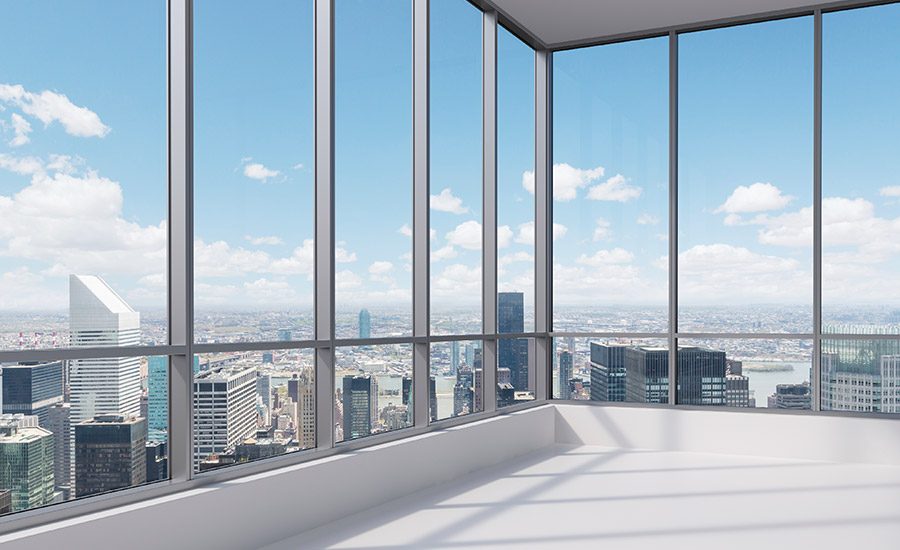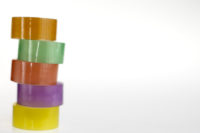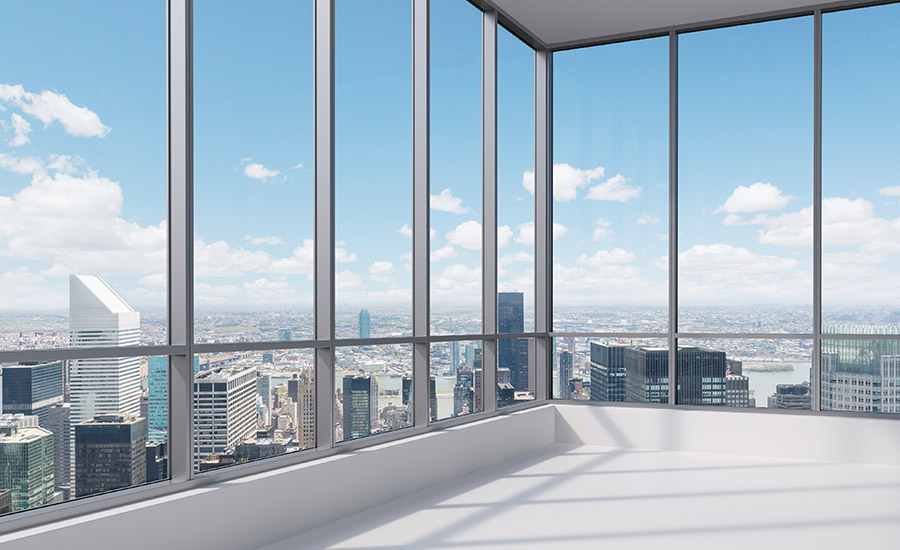Window Film and Affordable Sustainability
Window film provides nearly all of the benefits of other green upgrades at a fraction of the cost.




Sustainability initiatives are becoming an expectation across all industries, especially construction. In fact, homebuilders report1 that, by 2020, more than 60% of their projects will incorporate green building materials. Taking a sustainable approach to the renovation of any building offers owners many benefits, including a break on cooling costs, heating bills, and other expenses. However, green building materials can often cost up to 5% more than regular materials, putting a strain on both the property owners and managers,―as well as the construction industry.
While many sustainable building solutions do eventually provide a return on investment (ROI), the increased initial cost is often enough to scare off prospective buyers. A question many builders find themselves asking is, “How can I provide environmentally responsible products with a legitimate ROI while staying within my customer’s budget?”
Renovation Challenges
When considering renovation of older buildings, an equally challenging problem often arises. While beautiful and often historically significant, many old homes and buildings are extremely inefficient. Walls are poorly insulated, and windows are often drafty.
Home and building owners who want to improve their resale value, or simply tame their energy bills, often look to replace windows. Unfortunately, this can be problematic, as many older buildings have custom-fit windows that often require extensive additional renovations. In addition, maintaining the exterior and interior appearance of the window is also often a consideration, so any replacement window must be custom-manufactured to prevent a change to the look. The cost of projects like this can once again act as a big barrier for homeowners and builders alike.
Sustainable Solutions
Fortunately, a number of products and retrofits can offer real sustainability benefits that are affordable. Chief among these is window film, which provides nearly all of the benefits of other green upgrades at a fraction of the cost. Professionally installed window film is often the most cost-effective option for anyone looking to undertake a green building project. Composed of coated layers or chemically treated polyester, when applied to glass, professionally installed window film offers many benefits.
From a sustainability perspective, window film can significantly improve the energy efficiency of both residential and commercial spaces. Just like new or replacement windows, window film products are rated by the National Fenestration Rating Council for energy savings. During the summer, window film can help reflect the sun’s heat, reducing solar heat gain by as much as 84%. This subsequently regulates indoor temperatures and reduces cooling costs. Some home owners have experienced savings of up to 30% on their cooling bills. Window film may even deliver up to seven times the energy benefits per dollar spent compared to installing replacement windows on commercial buildings.
The sustainability benefits of window film don’t stop when the temperature drops, however. Certain low-E window films can help retain up to 55% of a home’s heat by stopping it from exiting the building via the windows. Once installed, window film may offer year-round savings of about 5-10% of the home’s total energy bill.
Automotive Benefits
Automotive window films are also available, depending on the rules and regulations of individual states. Applying window film reduces solar heat gain in cars the same way it does for buildings, and thus regulates inside temperatures to give drivers the ability to use their air conditioning less and improve the fuel efficiency of their vehicles.
Significant health benefits also result from installing window film. Typical windows only block about 25% of dangerous ultraviolet (UV) rays, which can cause wrinkles, premature aging, and even skin cancer. Window film, however, may block up to 99% of UV rays, providing a powerful defense for building occupants, whether at home or in the workplace. This is also particularly important in cars, because 53% of all skin cancer occurs on the left, or driver’s side, of the body. Window film can defend you at home, at the office and during your daily commute.
The different types of window film products were each specifically designed for a recommended end use. These include solar control films, insulating films, safety and security films, glare control or privacy films, decorative films, and automotive films. For exterior windows, products that offer both solar control and safety/security in a single product would likely be the most beneficial. For glass used in interior walls or partitions or on doors, decorative products or safety/security products could be used.
For more information, visit www.iwfa.com.
Reference
Looking for a reprint of this article?
From high-res PDFs to custom plaques, order your copy today!







